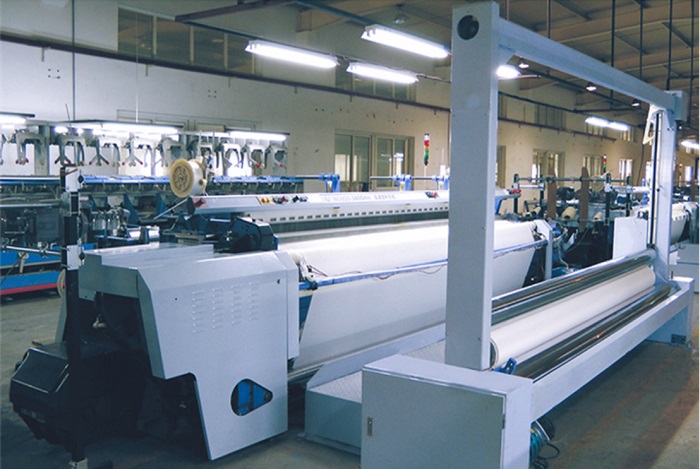Textile industry situation
The textile, textile products, and clothing manufacturing industries include companies that process fibers into fabrics and process fabrics into clothing and other textile products. Enterprises in the textile industry produce a variety of goods, some of which are sold to consumers, while others are sold as inputs for the production of other products. Natural and synthetic fibers are used in the production of threads and yarns-which can be woven, knitted or pressed or otherwise bonded into fabrics-as well as ropes, ropes and twine. Coatings and finishing agents are applied to fabrics to enhance the decorative patterns woven in the fabric, or to make the fabric more durable, stain-resistant, or have other characteristics. Fabrics are used to make many products, including awnings, tents, carpets and carpets, as well as various linens-curtains, tablecloths, towels and bed sheets. However, the main use of fabric is to make clothing. Apparel manufacturing institutions produce many knitted apparel products such as socks, shirts, sweaters and underwear. They also produce many knitted garments such as dresses, suits, shirts and pants.
The textile industry mainly covers three separate industries-textile mills, textile product factories and garment manufacturing.(try suntech Loom)
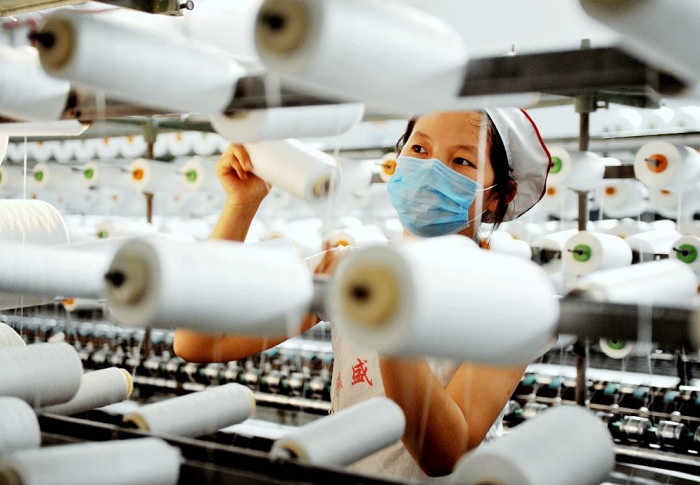
Textile mills provide raw materials for the production of clothing and textile products. They use natural and synthetic materials, such as cotton and polyester, and convert them into fibers, yarns and threads. Yarns are bundles of fibers that are prepared for weaving, knitting, or otherwise interweaving to form a woven fabric. They form the basis of most textile production and are usually made of cotton, wool or synthetic fibers (such as polyester). The yarn can also be made of thin strips of plastic, paper or metal. To produce spun yarn, natural fibers such as cotton and wool must first be processed to remove impurities and give the product the desired texture, durability and other characteristics. After this initial cleaning phase, the fibers are spun into yarns.
The textile mill then continues to produce fabrics through weaving and knitting. Workers in the weaving factory use sophisticated automated looms to turn yarn into cloth. The loom weaves or interweaves two yarns so that they cross each other at right angles to form a fabric. Knitting mills use automated machines to produce interlocking loop fabrics of one or more yarns.
At any time during the production process, it is possible to perform a process called finishing on the fabric. These processes-including dyeing, bleaching and stone washing, etc.-can be carried out by textile mills or separate finishing plants. Finishing involves chemical or mechanical treatment of fibers, yarns or fabrics to improve appearance, texture or performance.
Textile Product Factory
Textile product factories convert raw textiles into finished products other than clothing. Some of the products produced by this sector include household items such as carpets and rugs, towels, curtains and sheets, ropes and twine, furniture and car interiors, as well as industrial belts and fire hoses. Because the process of converting fibrils into finished textiles is complex, most textile factories specialize in this.
Clothing manufacturing
Fabrics converted from the apparel manufacturing textile manufacturers to the apparel and accessories manufacturing industry. The clothing industry has traditionally consisted mainly of production workers who perform cutting and sewing functions on the assembly line. Despite advances in technology and workplace practices, the industry remains labor-intensive. The industry is increasingly outsourcing production to suppliers in countries with lower labor costs.
In all aspects of textiles, the finishing process often requires manual intervention due to the high demand for individualization, customization, and quality, which consumes the most labor and takes up the highest labor cost. Especially in the cloth inspection process, it is necessary to recruit skilled and experienced cloth inspection workers. It is difficult to recruit talents without high salary, which affects the quality and price of textile products. Suntech rapier looms can not only intelligently advance all aspects of weaving, but also incorporate the intelligent cloth inspection function, which can complete the whole textile process in an integrated and automated manner, and solve the most troublesome cloth inspection problem.
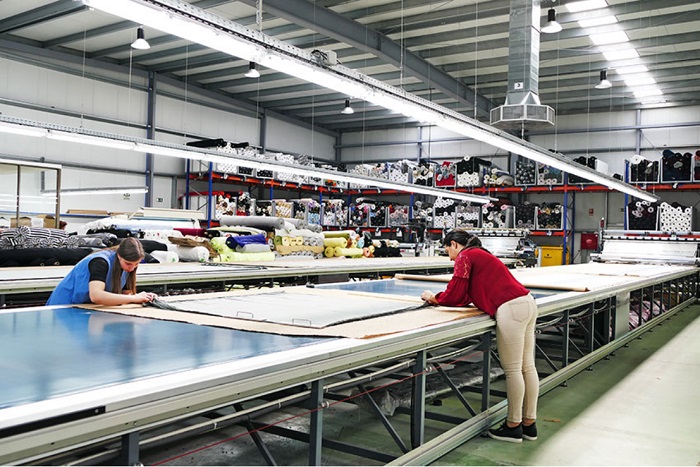
Traditional textile factory environment
Most factories operate 24 hours a day, resulting in production workers working at night and on weekends. Many operators work in turns, which may cause sleep disturbances and other stress due to constant changes in working hours. It is common for these workers to work overtime during peak production periods. Management and administrative support staff usually work 40 hours a week 5 days a week in an office environment, but some of these employees may also work longer hours.
The working environment and working conditions are poor. Production workers, including front-line managers and supervisors, spend most of their shifts in or near the production workshop. Some factories are noisy and may have airborne fibers and smells, but most modern facilities are relatively clean, well-lit, and well-ventilated.
Where appropriate, workers need to use protective shoes, protective clothing, masks and earplugs. In addition, the new machine is designed with additional protection, such as noise shielding. Nevertheless, many textile production workers have to stand for a long time when bending over the machine, and noise and dust are still a problem in some factories. Garment manufacturing operators often sit and lean on the machine for long periods of time. Another concern of workers is the injury caused by repetitive actions. The implementation of modular units and specially designed equipment reduces such potential health problems by reducing the stress of repetitive movements.
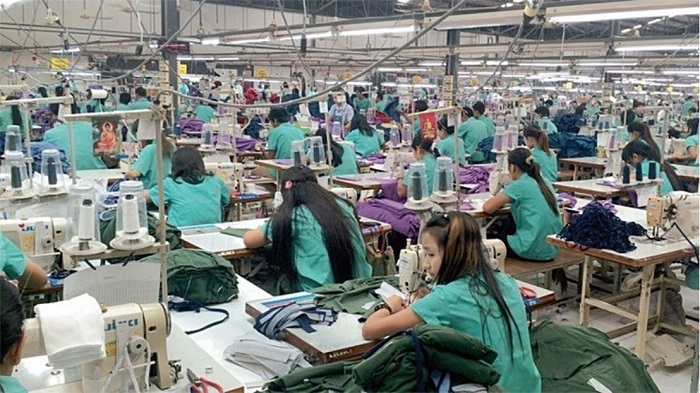
Due to the poor environment of traditional manufacturing factories, the production efficiency of workers is low and the error rate is increased. With the continuous increase of labor wages and over-reliance on manual operations, not only the production efficiency is low, but also the cost is high, resulting in a large number of garment industry orders being transferred to countries with lower labor costs. However, if the company can achieve a high degree of automation and use intelligent facilities and equipment , Not only can improve production efficiency, but also reduce dependence on labor and reduce costs, while maintaining competitiveness in the industry.
In order to maintain competitiveness and reduce dependence on labor, many textile manufacturing companies have begun to use advanced machinery to improve the productivity of the textile industry and fundamentally change the nature of their employees' work. New technologies have also led to more and more technical training for workers throughout the industry. Computers and computer-controlled equipment facilitate many functions, such as design, plate making, and cutting. Other emerging technologies that improve factory efficiency include wider looms and computerized equipment.
Some companies have responded to the increasing competition by merging with other apparel companies and entering the retail market. They also use the computer-aided design system for "product life cycle management", under this management, potential new fashions can now be spread on the earth via the Internet. These changes may help the manufacturing industry cope with increasing competition and continue to supply textile products to consumers around the world at an acceptable cost.
The use of intelligent equipment and production lines is the only way for the development of textile enterprises, and it is also an important way to maintain international competitiveness.
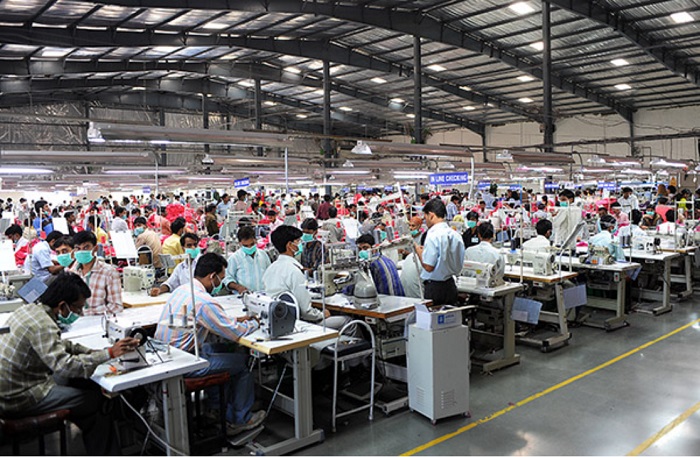
Aiming at the problem of labor shortage, Suntech has developed and produced rapier looms with 50 years of design experience and technology precipitation by integrating various textile processes with intelligent, automated, and digital applications, allowing the links that originally required a large number of manual assembly lines to be replaced by machinery. As we all know, in textile production, the most labor-intensive process is not the production process, but the finishing process, including cloth inspection and packaging. Among them, the cloth inspection process requires high skills, vision, and experience of workers, and the wages are high, and the manual cloth inspection efficiency is low and the error rate is high.
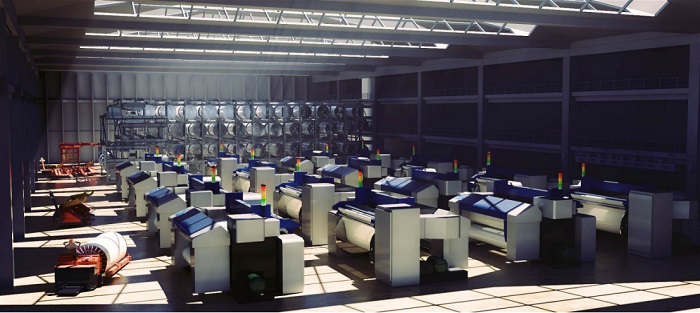
Suntech rapier looms can perform automatic machine inspection on the finished fabrics, eliminating the high cost of fabric inspection, and the inspection effect is better than manual inspection, realizing the optimization of the textile process and the maximum value, reducing labor, and greatly Reduce labor costs and improve production efficiency.
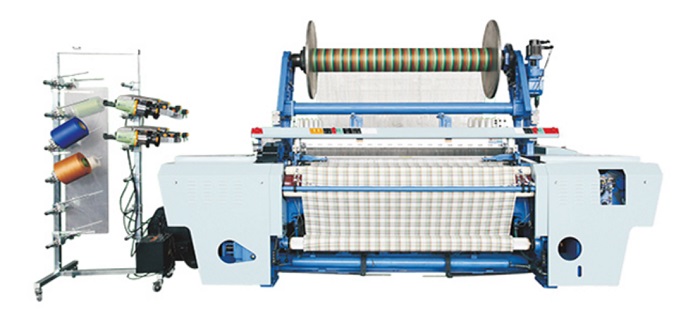
Customers who have used Suntech rapier looms are full of praise for this loom, which can be called artificial intelligence in the loom industry. According to statistics, this loom can save 50% of labor costs and 50% on average, and increase production by 50%. Efficiency, in addition to automatic fabric inspection, it can also be controlled by PLC, automatic weft seeking, servo electronic warp let-off, servo electronic take-up, so that every step of the textile is intelligent, and the production speed is greatly improved. Welcome to inquire.
